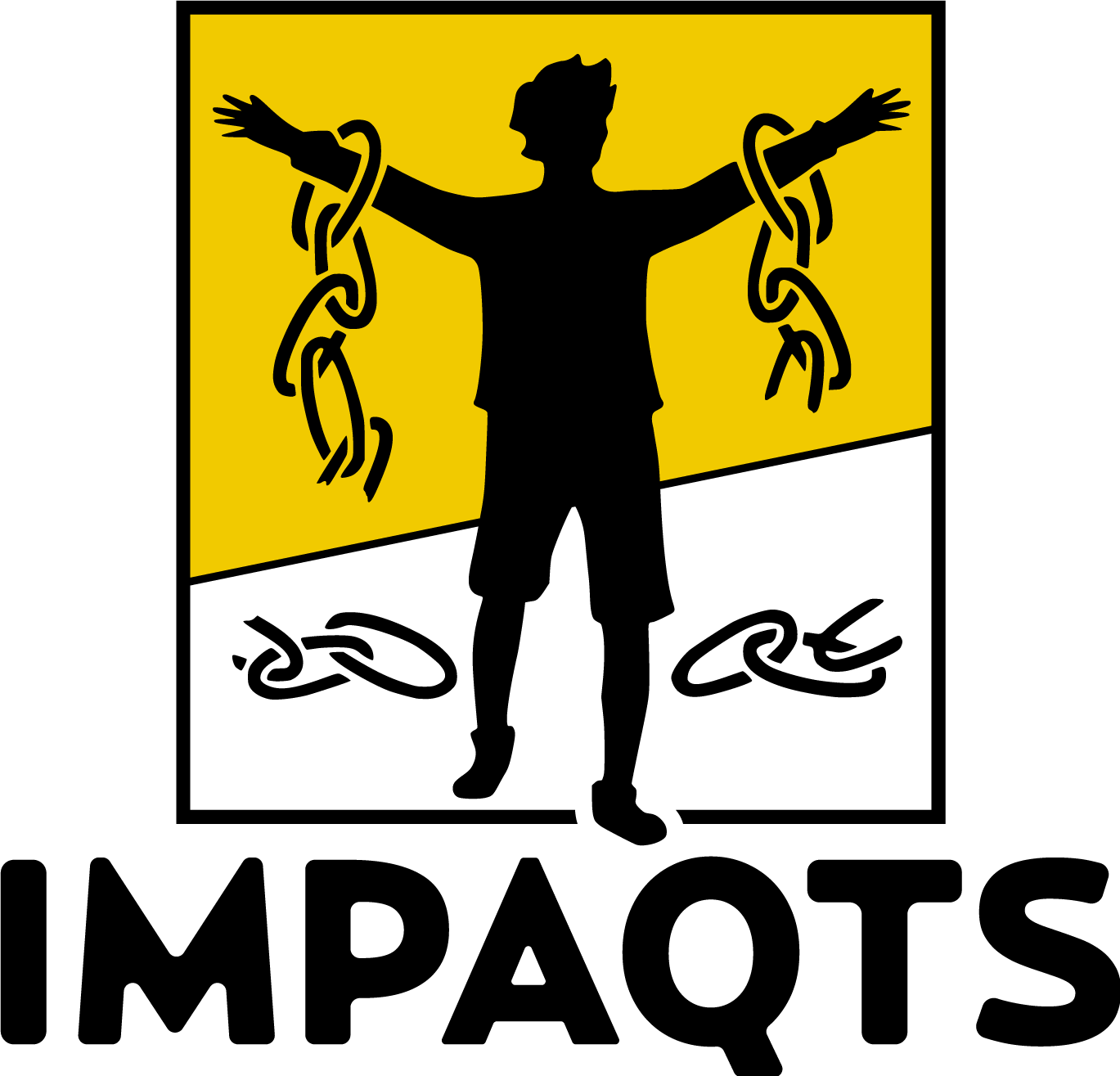Cloud architects, developers, and engineers should work together to find opportunities for optimization. Your executive sponsor must maintain open communication with stakeholders and leadership. Cloud software developers are professional software developers who have the creativity and technical know-how to develop programs that are stored in the cloud.

The ability to customize commercial off-the-shelf tool sets to meet the needs of the organization. While there are multiple ways to do DevOps, there are also plenty of ways to not do it. Teams and DevOps leaders should be wary of anti-patterns, which are marked by silos, lack of communication, and a misprioritization of tools over communication. Analyst – Gathers metrics to ensure performance and workload are within acceptable parameters.
Operations Team Productivity: What They Do (and How to Build and Improve Yours)
Now virtual communication apps provide that same instantaneous communication. While the actual work a team performs daily will dictate the DevOps toolchain, you will need some type of software to tie together and coordinate the work between your team and the rest of the organization. Jira is a powerful tool that plans, tracks, and manages software development projects, keeping your immediate teammates and the extended organization in the loop on the status of your work. Another ingredient for devops team structure success is a leader willing to evangelize DevOps to a team, collaborative teams, and the organization at large. It doesn’t have to be someone with “manager” in their title, but anyone willing to convince skeptical team members to start bridging the gap between their team and an outside team, whether it be developers, operations, or a platform team. The excellent work from the people at Team Topologies provides a starting point for how Atlassian views the different DevOps team approaches.
Then, identify experts in cloud infrastructure, security, database, and software engineering to form the core of the cloud operations team. Once these roles have been filled, you can then bring on additional personnel depending on the specifics of your project and cloud migration goals. This seems like a logical approach; however, you may want to first take an objective look at what talent already existing within your organization and opportunities you may have available. In many companies there have most likely been a significant investment in their Service Management teams and solutions. These teams have amassed substantial knowledge of the applications, infrastructure and the critical business processes being supported. Over the course of years, it has been their job to align IT changes, create a predictable / maintainable structure to enable the business to function without interruption and respond rapidly to minimize impact when issues arise.
key considerations for choosing the best cloud service provider for your business
Adjusting the content of the Website pages to specific User’s preferences and optimizing the websites website experience to the each User’s individual needs. Personal data – information about an identified or identifiable natural person (“data subject”). System log – the information that the User’s computer transmits to the server which may contain various data (e.g. the user’s IP number), allowing to determine the approximate location where the connection came from.
Occasionally called “NoOps”, this is commonly seen in technology companies with a single, primary digital product, like Facebook or Netflix. This can even take the form of “you build it, you run it”, with the same individuals developing and operating applications. On the operations side, SREs oversee incident management, keep track of service-level objectives and indicators, coordinate product releases, and perform such hands-on tasks as monitoring systems and resolving incidents.
Learn more about how the Lucid Suite helps teams get a clear view of their cloud.
With this intuitive, cloud-based solution, everyone can work visually and collaborate in real time while building flowcharts, mockups, UML diagrams, and more. Prioritize communication, use visual collaboration, and standardize processes to align your team and get everyone on the same page. Focus on clarifying everyone’s roles and responsibilities to ensure expectations are understood and met. Complexity is a given when it comes to cloud management and it can often lead to misalignment, confusion, and miscommunication. Here are the people you’ll need to add to your team in order to design, plan, and implement a cloud migration and/or future iterations to your infrastructure.

Silos make traditional infrastructure operating models incompatible with agile and cloud-ready infrastructure. For I&O to be responsive and fast, it must be organized based on the infrastructure products it supports rather than by roles. To do so, companies must build agile product teams made up of people with relevant areas of expertise, including product owners, solution architects, infrastructure and software engineers, and security specialists. Product owners can collaborate with application teams to understand what services or products are needed.
VMware Cloud Management
Developer Productivity is tasked with getting ideas from an engineer’s brain to a deployable artifact as efficiently as possible. This involves building or providing solutions for things like CI/CD, artifact repositories, documentation portals, developer onboarding, and general developer tooling. Often a small Developer Productivity team can create a great deal of leverage by providing these different tools and products to the organization. On the other hand, a decentralized team structure involves distributing cloud-related responsibilities and tasks across multiple teams or departments. This structure can be helpful for organizations with a smaller size and a lower level of cloud adoption, as it allows for greater flexibility and autonomy among teams. The first pillar, abstraction, decouples management from the underlying infrastructure so that cloud machine instances, storage instances, security, network and governance can be managed through a single pane of glass.
Because security and compliance are so tightly aligned, compliance specialists work closely with the security team. Cloud architects often help to design applications so apps function effectively in the cloud. They can also be involved with the creation of an efficient, reliable cloud infrastructure that enables applications to achieve high availability. The emphasis on design requires architects to understand cloud technologies in detail and remain current with cloud developments. Include all stakeholders.Cloud migration is change, and many organizations and departments are change-averse. Every stakeholder from users to top executives should be involved in migration planning to help ensure that business-critical processes do not fall through the cracks during migration.
Jira Product Discovery
These opinions are more meant to serve as a beaten path which makes it easier and faster for teams to deliver products and focus on business value. The key is in understanding how to balance this with flexibility so as to not overly constrain developers. The Infrastructure Engineering team is responsible for making the process of getting a deployable artifact to production and managing it as painless as possible for product teams. Often this looks like providing an “opinionated platform” on top of the cloud provider.
- Consequently, our clients are not usually looking to merely replicate their current org structure in the cloud.
- One business leader, such as a CTO or CIO, can be responsible for many, or even all, of an organization’s cloud projects.
- This model is different from traditional operations in that it takes a product-mindset approach to providing solutions to internal customers.
- Oracle Cloud Infrastructure Cloud Operating Model provides actionable information to help enterprises operationalize Oracle Cloud.
- In addition, because SRE teams focused on toil elimination and had tight control over productized infrastructure, the bank increased its ratio of operating-system images to headcount by 50 to 100 times.
- As such, in order to protect cloud data from unauthorized access, one of the most vital members of any cloud operations team is the data governance and cloud security manager.
Automatically visualize your entire cloud environment with Lucidscale to see key cloud governance data in context. Simply connect your cloud environment through third-party access to generate your full cloud infrastructure organized by cloud, region, compute instance, or other resources. Maintaining security plays a role in preventing data breaches, as well as reducing downtime and outages.
Harness the full potential of AI for your business
The project manager in a cloud team structure serves as the bridge between the project’s stakeholders and the technical team. While teams are typically tailored to meet a project’s specific technical and business needs, there are eight key cloud team roles and responsibilities commonly found in a cloud team structure. But we have seen companies that do so simultaneously https://www.globalcloudteam.com/ improve resiliency, labor productivity, and time to market by 20 percent or more. One B2B service provider that carried out this transformation experienced a 60 percent reduction in change failure rate while reducing labor spend by 30 percent. Cloud operations teams should meet to discuss progress and potential challenges on a regular basis.
